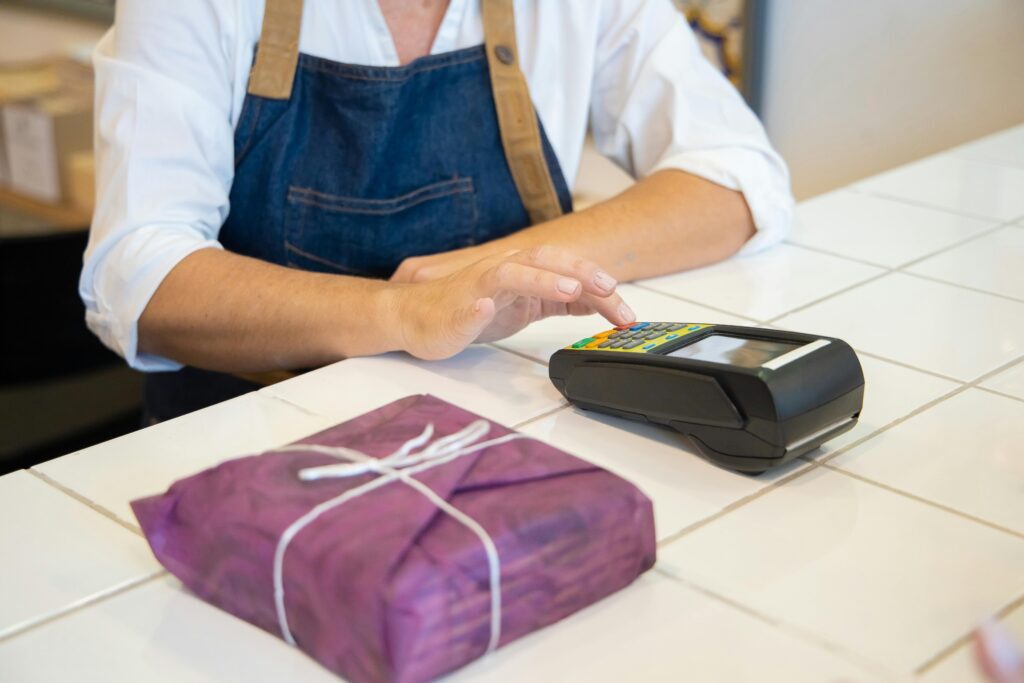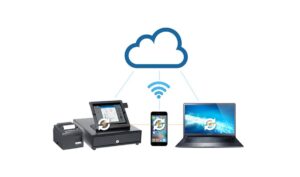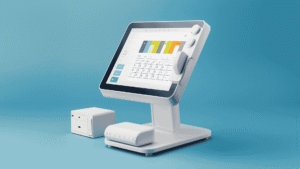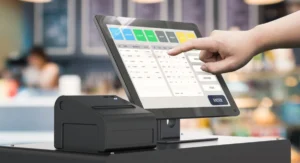The payment industry is constantly changing to meet the demands of its customers. Every day, new banking and technology jargon in countertop card machines appears. The difference between push and pull payments is a crucial concept that consumers must understand. Although they aren’t novel, they may be challenging to grasp. Therefore, in order to distinguish between push and pull payments, we need to delve deep and decipher.
About push payment in countertop card machines
The payer tells the bank to transfer funds to the receiver’s account; this is what we call push payment. It is up to the payer to begin payment in this case. Examples of push payment would be:
- Cash
One of the most prominent examples of push payments is cash. The payer is in possession of the funds and has complete authority over the payment procedure. They pay for an item by transferring the purchase price to the store clerk.
- Bank Transfers
Push payments also include bank transfers. This is where the sender uses their online banking account to input the recipients’ information and then send the money.
- Standing orders
A standing order, often called a banker’s order, is a directive to a bank to transfer a predetermined sum of money to an account at regular intervals. Consider a mortgage or rent payment.
What is the meaning of pull payment system?
Push payments are one way, and pull payments are another. In this case, the beneficiary asks the payer to transfer funds straight into their bank account. Well, in this case, unlike with push payments, the recipient of the payment has complete authority over the withdrawal. Examples of pull payments are:
- Direct debts
This is similar to standing order as well. However, in this case, the firm has your explicit direction to withdraw funds from your account without your knowledge or consent. We call it a pull payment because it is being taken directly out of the payer’s account.
- Card payments
The seller starts the payment process when a customer pays with a credit card, making it a pull payment. They put the total amount due into the POS system and authorize payment by swiping your card. In other situations, such as when making an online purchase, you can use the card digitally. The payment will be processed once all of the necessary information is provided. Well, the money that was held in the payer’s account is transferred to the merchant’s account only after settlement and authorization.
- Checks
The payee receives a check from the payer once they input the amount they are able to withdraw. Thus, the payer may be the one to deliver the check physically, but that is far from the last step. In this case, the payee is responsible for receiving the funds and depositing the check into their bank account. This type of payment is an example of a pull payment since the withdrawal is actually processed after the check is deposited.
Push vs. pull methods: Talk about advantages and disadvantages
We can only tell which is better for businesses if we compare push and pull payments. Consider your target audience, demographics, business sector, and nature of your company when making a decision based on the following criteria.
1. Transaction speed
Push payments are noticeably faster than pull payments when comparing transaction speeds. The reason is that the payer provides all necessary details directly. There is explicit information regarding the location, date, and beneficiary’s account number for the payment. Alternatively, with pull payments, the payer’s monthly authorization is optional.
2. Managing monetary transactions
As you get card machine for sending money to a payee, customers typically prefer to have more say in the procedure. Payers are put in charge by push payments, which inevitably lead to that. The person or people making the initial contribution might choose whether or not to transfer funds. Pull payments still don’t offer control over the flow, even though they can be canceled at any time. The sender can’t know for sure when the funds will be transferred.
3. Payer is vulnerable to fraud in both push and pull payments
No one can jeopardize data or commit financial theft; thus, safety and security are paramount. Whether it’s push or pull payments, they’re vulnerable to theft or fraud. The payer runs the risk of being deceived in push payment situations if they supply inaccurate information. The payer is also at risk of fraud in pull payments if they authorize the wrong person to receive the funds.
The level of security differs for each payment option. Well, the beneficiary is also vulnerable to fraud. When a party agrees to make a push payment, the party receiving the funds is putting their faith in the payer to fulfill their obligations in a timely manner. The payer risks being deceived if they do immediately commence it. Pull payments might also be deceived by the payee. The beneficiary may begin the process of requesting payment.
FAQs: Common questions people often ask
- How to make a push payment?
Consumers can quickly finish their purchases by using digital wallets or starting direct transactions from their bank accounts. Push payments also include bank transfers made online or via mobile banking and cash payments.
- Is pulling money faster than pushing it?
Because the payee can start the transaction and gather money straight from the payer’s bank account, pull payments often happen faster than push payments. Faster processing times follow from this better control over the payment process.
- Which payment method is safest?
Generally speaking, credit cards are the safest and quick payment method available for online shopping.
Conclusion
Push payments are mobile card machines for small businesses that only sell things sometimes. They allow you to get payment immediately upon sale. However, for companies that offer software as a service (SaaS) solutions, the sole method of collecting monthly payments is through recurring payments. Pull payments are the best option for these types of payments. A payee’s cash flow can remain stable as long as they continue to receive payments from clients. Customers can also enjoy the convenience of having their payments sent automatically every month without any effort on their part.
For more details click https://speedypayments.co.uk/mobile-card-machines-for-small-businesses-how-do-they-work/





